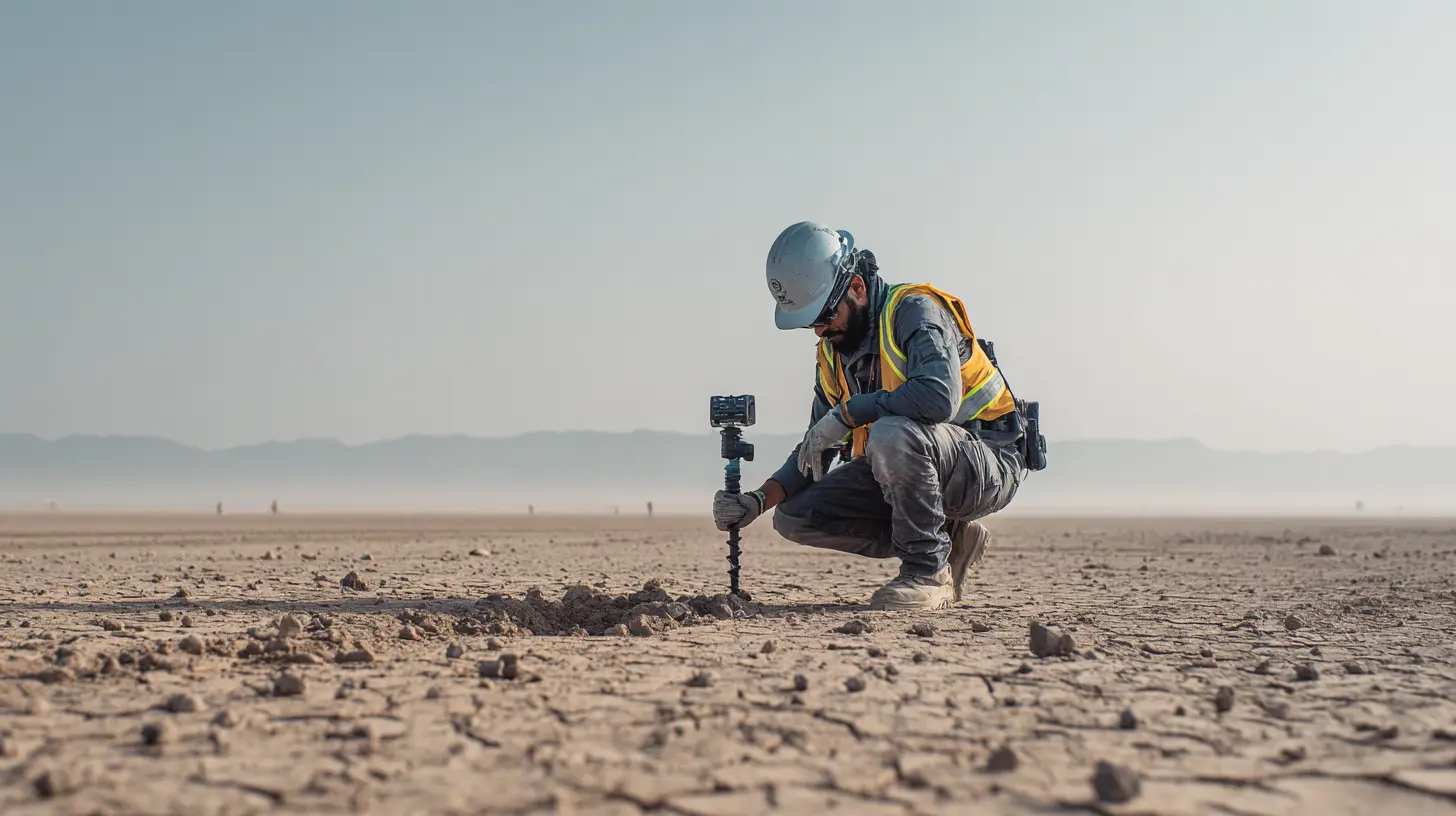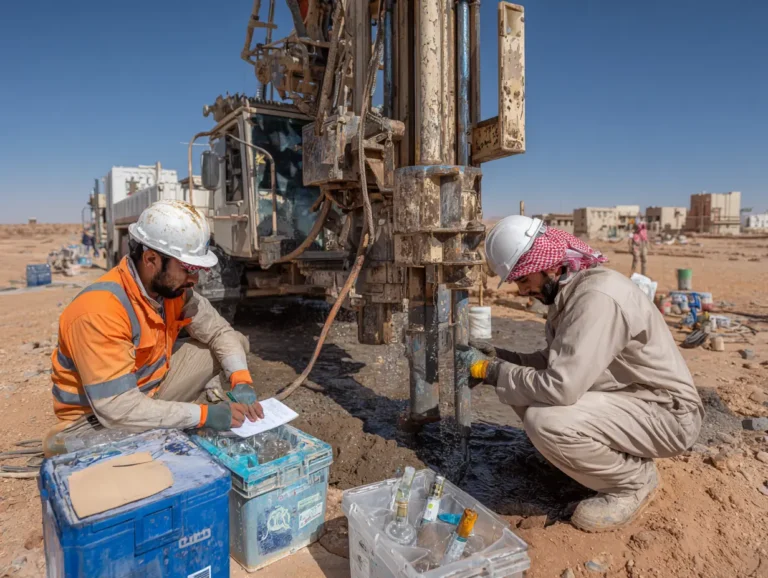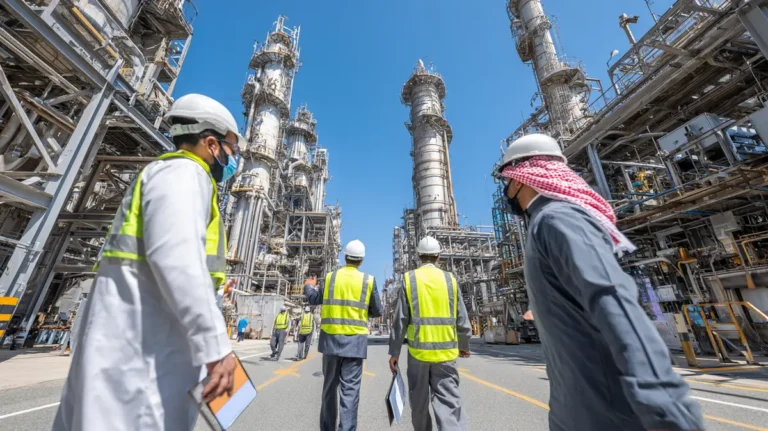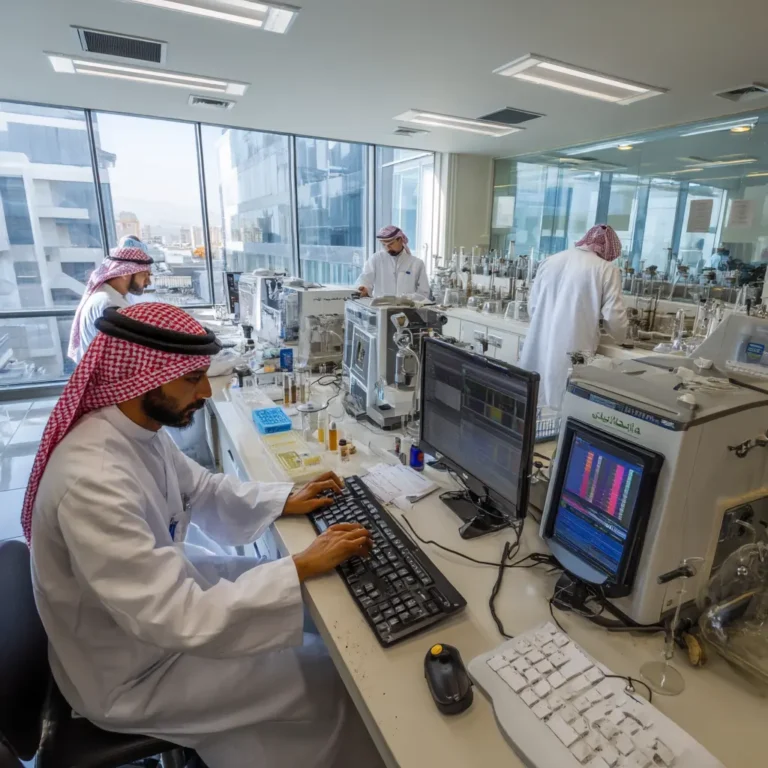
What is a Phase II Intrusive Site Investigation?
Phase 2 Intrusive Site Investigations, noted in the Environment Agency LCRM guidance as the second step of a Stage 1 Risk Assessment, are conducted following the identification of contamination risks at a site that require further investigation in order to quantify.
This initial identification is carried out as part of a Phase 1 Preliminary Risk Assessment (Desk Study), which will also outline a scope of work for a Phase 2 Intrusive Site Investigation. Site investigations are likely to include targeted soil or water sampling, with analysis carried out in a UKAS accredited laboratory, and are essential in order to determine whether contamination both soil and groundwater (as applicable) may be present at your site as legacy pollution.

The Basics – After first undertaking a Phase 1 Preliminary Risk Assessment (Desk Study), a dedicated Phase 2 Intrusive Site Investigation is the next stage in the assessment of potentially contaminated land and is a common requirement for everything from Environmental Impact Assessments, Environmental Due Diligence to supporting expansion or development applications both for the oil and gas and land development business sectors. If a desk study has identified that a site is potentially contaminated, a Phase 2 Intrusive Site Investigation will be required in order to fully assess the nature and extent of site contamination.
Where the Desktop Study identifies potential contamination a Detailed Site Investigation Report will also be required, including a site investigation documenting the characteristics of the ground, an evaluation of all potential sources of contamination and a risk assessment, together with an updated conceptual model. The purpose of the Intrusive SI is to identify, quantity and determine the extent in the x,y,z axis of any contaminant subsurface plume in the vadose and saturated aquifer zones.

The Phases & Ways to Save Money – A Phase 2 Intrusive Site Investigation will build on the findings of previous investigations, with an aim to confirm whether suspected contamination is present at the site.
It’s important to adopt a phased approach in these kinds of assessments as it allows us to focus attention on particular areas of potential contamination at the site, in addition to, saving time and money through a more efficient sampling strategy.
This approach also ensures that the appropriate laboratory testing is carried out, saving money by avoiding unnecessary tests and making sure the right contaminants are tested for so important elements aren’t missed out. Throughout the Phase 2 Intrusive Site Investigation a ‘Conceptual Site Model’ (CSM) will be updated as new sources or pathways of contamination are identified, in order to determine the risk presented by contamination at the site.
What Does a Phase 2 Intrusive Site Investigation Include?
Sampling Strategies & Site Visit – A Phase 2 Intrusive Site Investigation will involve planning a sampling strategy for collecting soil samples from the site for laboratory analysis, taking into account any potential sources of contamination identified as part of the Phase 1 Preliminary Risk Assessment. For example, if hazardous substances are stored at a site, it will be important to take samples from this area to identify any resulting contamination of the land.
At this stage of a Phase 2 Intrusive Site Investigation the location and depths of samples will be determined along with the method of taking them. For example, for a site intended for redevelopment into residential land it will likely be important to sample shallow soils as this is an important pathway of contamination that may affect the future site operations or proximal residents, this can usually be carried out using a handheld window sampler or more advanced methods employing trial pitting by JCB Excavator or dedicated borehole drilling.
Once the sampling strategy for the intrusive site investigation has been planned, samples will be taken from site. It may be the case that unforeseen constraints limit the sampling and the sampling carried out may differ from the original strategy. The limitations will be noted in the report but will rarely invalidate an investigation entirely.
NCEC Accredited Laboratory Testing
After samples are collected they are sent to our NCEC accredited laboratory for analysis that may include testing for common contaminants, such as heavy metals and hydrocarbons, but will be specific to every site investigation.
For example, on some sites, it’s important to test for the presence of asbestos.
Once the laboratory testing is complete, the results will be assessed with reference to industry standard screening values that act as threshold values for determining if a site can be considered ‘contaminated’.

Why Does Your Company Need a Phase 2 Intrusive Site Investigation?
It’s not possible to determine actual contamination levels present at a site without first carrying out a Phase 2 Intrusive Site Investigation. Desk studies can only identify potential sources of contamination and without collecting and testing soil samples, actual contamination levels cannot be identified.
Saudi legislation by MEWA/NCEC as well as the RCJY dictates that the land contamination risk assessment process is an integral part of any development project and if a Phase 1 Preliminary Risk Assessment for a development identifies the need for further investigation, no development will be allowed until a Phase 2 Intrusive Site Investigation is carried out. Carrying out an intrusive site investigation may also allow you to avoid unnecessary and costly remediation work as it will provide all the necessary information to inform a Phase 3 Remediation Options Appraisal & Strategy.
Staterra, along with our experienced partners, provides a comprehensive suite of environmental and land contamination services, including waste management, remediation implementation, and construction support for oil and gas and land development.
Contact us to discuss your requirements. After an initial consultation, we will provide a detailed proposal outlining the associated CAPEX and OPEX for all physicochemical and microbiological remedial systems. Our team of environmental consultants is fully equipped with advanced technology and diverse specialisations to conduct a Phase 2 Intrusive Site Investigation that meets your environmental, health, and safety needs – on schedule and within budget.
In the next blog post we will discuss phase III Intrusive Site Investigation.
Author: John David Lapinskas C.Chem., C.Env. – Staterra Technical Director
